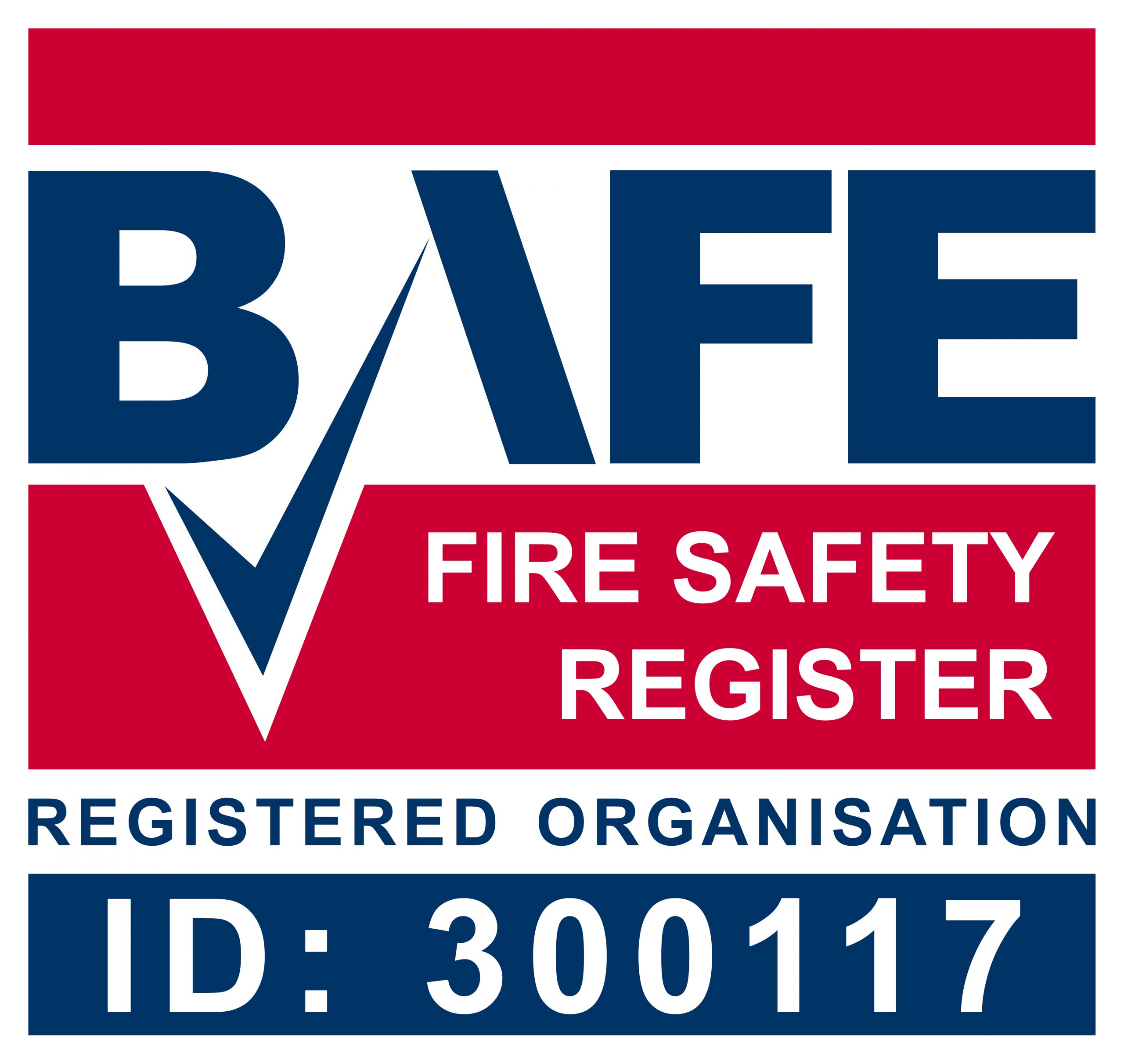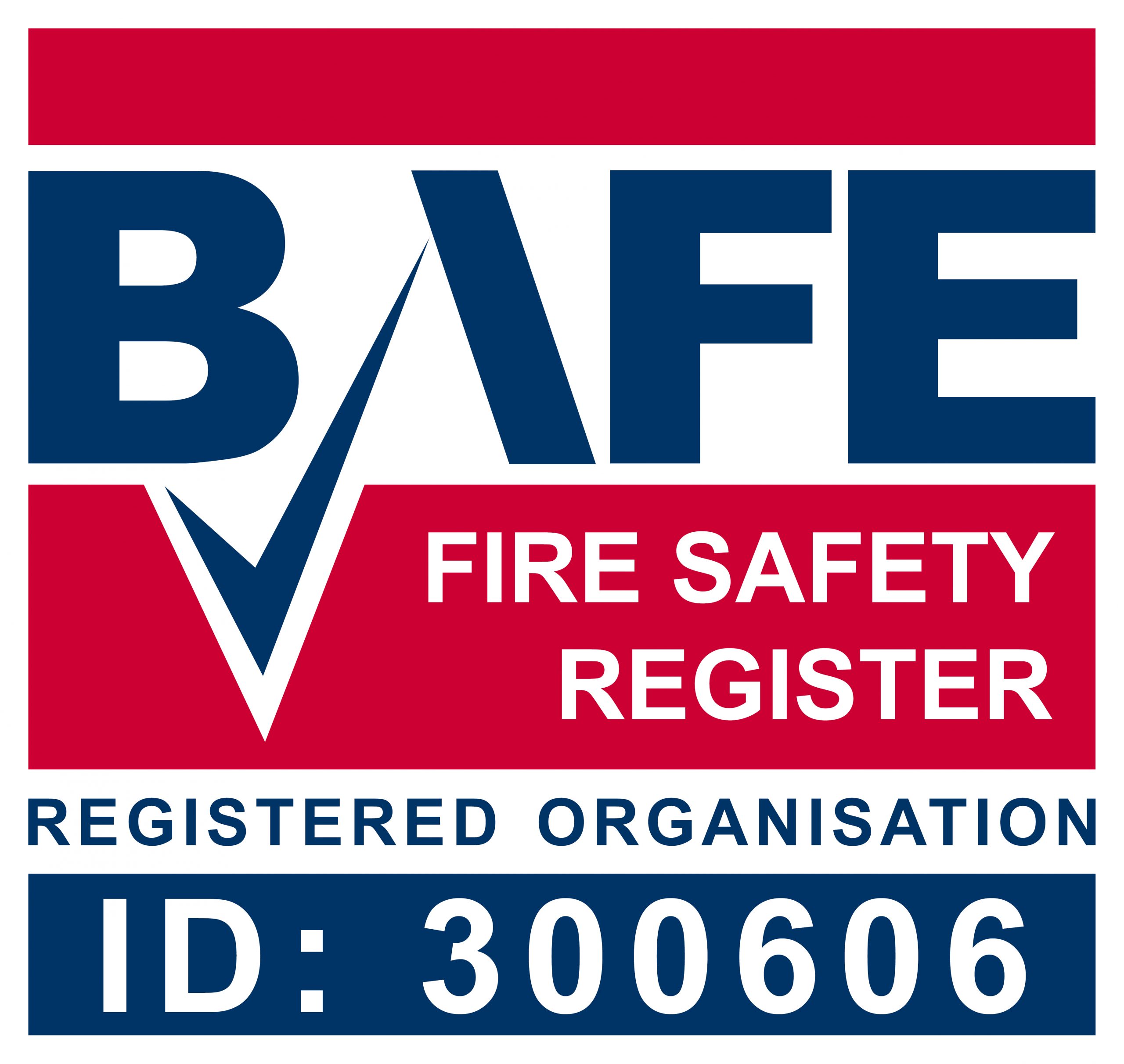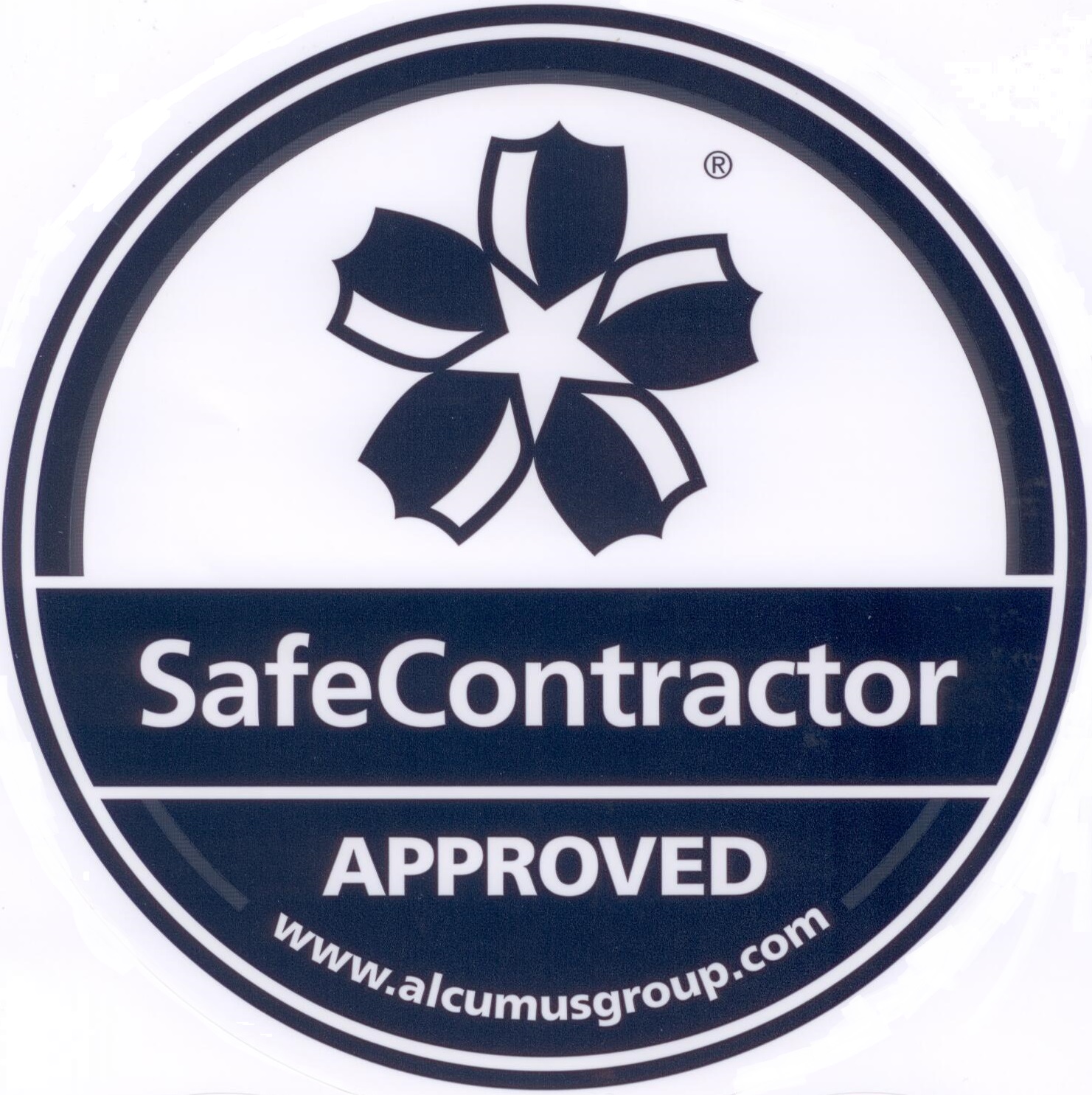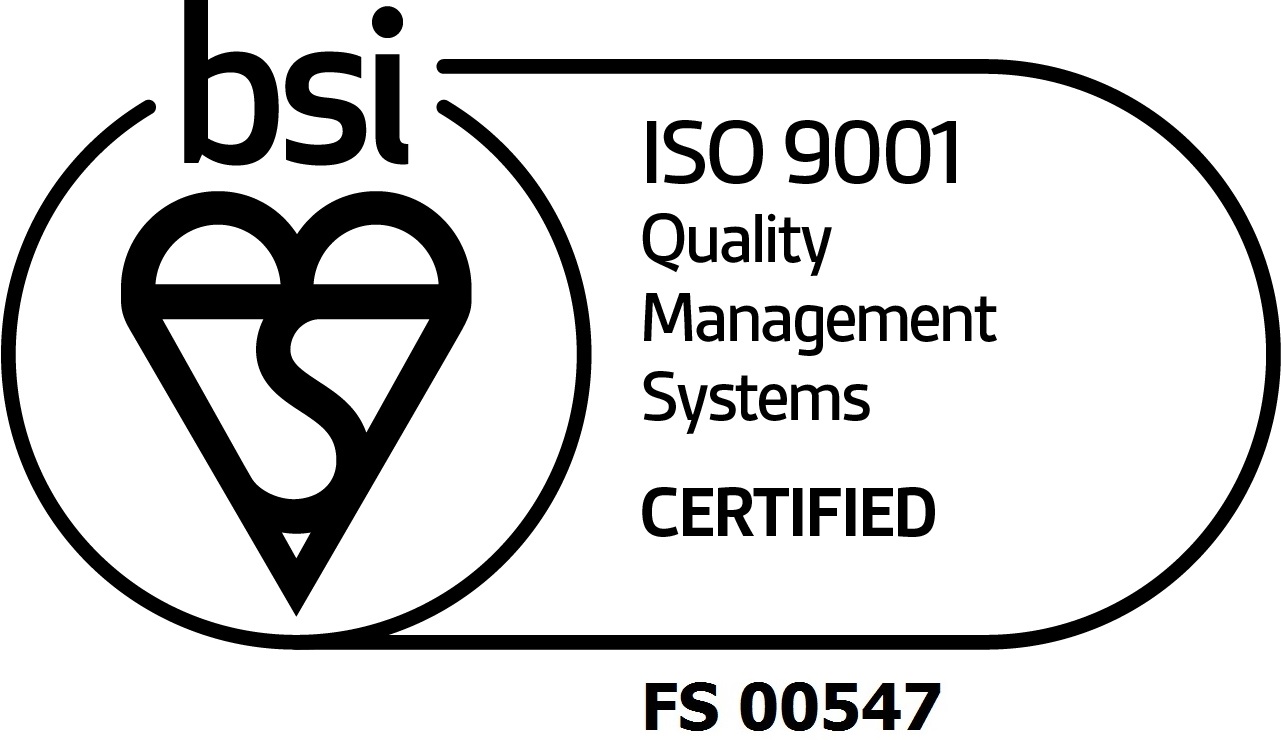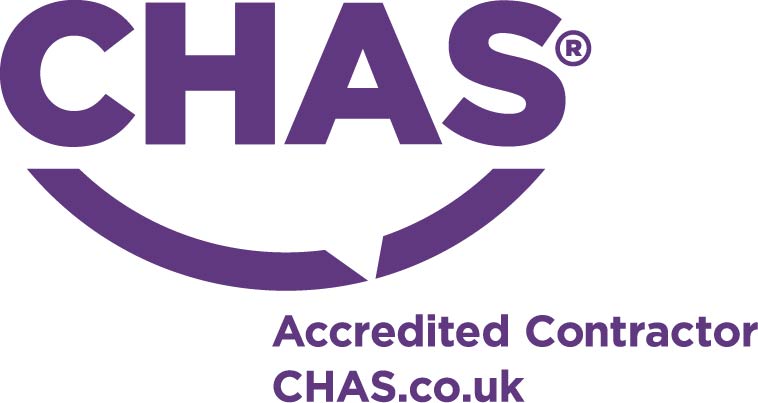Emergency lighting is a critical fire safety feature in any building, providing essential light during a power outage in the event of a fire. Conducting an emergency lighting test is not simply good practice; it’s a legal requirement in the UK and this responsibility ultimately falls upon the ‘responsible person(s)’ of the building.
In this blog post, we’ll look at the importance of regular testing for emergency lighting systems, along with the recommended testing frequencies. We’ll also look at how and who can test emergency lighting efficiently. Let’s dive right in.
The importance of emergency lighting
The primary function of emergency lighting is to illuminate escape routes and ensure the safety of occupants in the event a fire breaks. Without a reliable emergency lighting system, evacuation can become chaotic and hazardous.
They not only guide occupants towards safety, but also help them avoid obstacles and potential dangers that are hidden in darkness. As well as this, emergency lighting assists the emergency services navigating the building, locating occupants, and carrying out rescue operations effectively, highlighting the critical role of a functional emergency lighting system.
In the UK, emergency lighting is a legal requirement under the Regulatory Reform (Fire Safety) Order 2005. This legislation mandates that all business premises, regardless of their nature, must have a functioning emergency lighting system.
The responsible person also has a legal obligation to ensure the emergency lighting system is regularly tested and maintained in working order. This includes conducting regular inspections and tests to ensure that the system will perform as expected in an emergency.
How often should emergency lighting be tested?
While the specific frequency can vary based on the system type (maintained emergency lighting or non-maintained), a general guide is to perform monthly and annual tests. This two-tier testing approach ensures that any potential issues with the system are detected and addressed promptly.
Monthly testing procedures
Monthly emergency lighting tests, often referred to as ‘flick tests,’ involve a short functional test mimicking a mains power supply failure. The objective is to confirm that each emergency lamp switches on and provides adequate light. These tests involve a few key steps:
- Isolating the power supply to the emergency lighting system using a secure device key (commonly known as a ‘fish key’) to avoid disrupting normal lighting within the building.
- Visually inspecting each luminaire to ensure it illuminates correctly and is free from any damage.
- Recording the test results in a dedicated log book, noting any faults or issues encountered during the test.
Comprehensive annual assessments
Besides monthly checks, a ‘full duration’ annual test is also mandatory as outlined in BS 5266-1. This comprehensive assessment requires switching off the primary lighting circuit for an extended period, typically three hours, to test the emergency lights’ full duration capacity.
This annual test evaluates the backup battery’s health, a critical component of any emergency lighting system. A competent person should undertake these annual tests, review the record of all monthly tests, and handle any necessary remedial work.
How to check emergency lights
Checking emergency lights involves a straightforward procedure that focuses on simulating a real-life power outage scenario. However, before conducting a test, preparation is key to minimise disruption and ensure a smooth process. Scheduling the test outside peak operating hours is advisable to avoid inconvenience to building occupants and proper communication beforehand is also key.
To perform an emergency lighting test effectively, there are some key steps to follow:
- Isolate the mains power – use the designated switch or ‘fish key’ to cut the mains supply to the emergency lighting system.
- Conduct a systematic inspection – a qualified professional should walk the entire building or designated circuit to visually inspect each emergency light.
- Record your observations – it’s vital to document the status of each light fixture in a logbook.
- Restore the power – switch the mains supply back on after the designated test duration.
Once the mains supply is restored, re-inspect the system to ensure all emergency lights are functioning correctly and charging properly.
Who can test emergency lighting?
Testing emergency lighting systems is not a task that just anyone can handle. Due to the critical safety role these systems play, it’s legally mandated that only competent individuals can perform these tests. A competent person, in the context of emergency lighting testing, is someone with the necessary knowledge, skills, and experience to conduct these checks safely and effectively.
At Advanced Fire Protection, we’re a BS EN 9001:2000 accredited company, meaning you can trust us for the installation and maintenance on your emergency lighting. This kind of accreditation not only demonstrates our competence, but also showcases our strong understanding of legal requirements, testing procedures, and potential hazards. It also ensures that the testing process is carried out meticulously and to the required standards.
Find out how we can help with your emergency lighting
As you can see, regular testing of emergency lighting is not only crucial for the safety of occupants in a building, but also for the compliance of legal requirements. With regular testing, you can have peace of mind knowing your emergency lights function optimally during a fire emergency.
As well as emergency lighting installation and maintenance, we offer a huge range of fire safety services including fire alarm services, fire safety equipment, fire safety training, and much more to businesses around Cardiff, Pontypridd, and Newport.
If you’d like to learn more about our services, or you have any questions about emergency lighting, don’t hesitate to get in touch today with our experts.
Emergency lighting FAQs
Can I perform emergency lighting tests myself?
While you can switch off the mains power and check the lights, an emergency lighting test must be conducted by a competent person or company like Advanced Fire Protection. This ensures the test adheres to the legal requirement and guarantees fire safety compliance for your building.
What happens if my emergency lighting fails the test?
A failed emergency lighting test signifies your system wouldn’t offer adequate light during a power failure, violating fire safety regulations. It’s crucial to address any issues promptly and contact a qualified technician to diagnose the problem. This could range from a faulty bulb to a failing battery. Whatever the issue, it’s important to undertake the necessary repairs to ensure your system’s compliance and the safety of building occupants.
Are there different testing requirements for different types of buildings?
While the fundamental principles of emergency lighting tests remain consistent, specific requirements may vary based on factors like building size, occupancy type, and potential hazards. Commercial premises have more stringent requirements due to factors like higher occupancy levels and complex layouts. Consulting fire safety guidelines or speaking with one of our qualified professionals can help you determine any specific testing requirements for your building.



